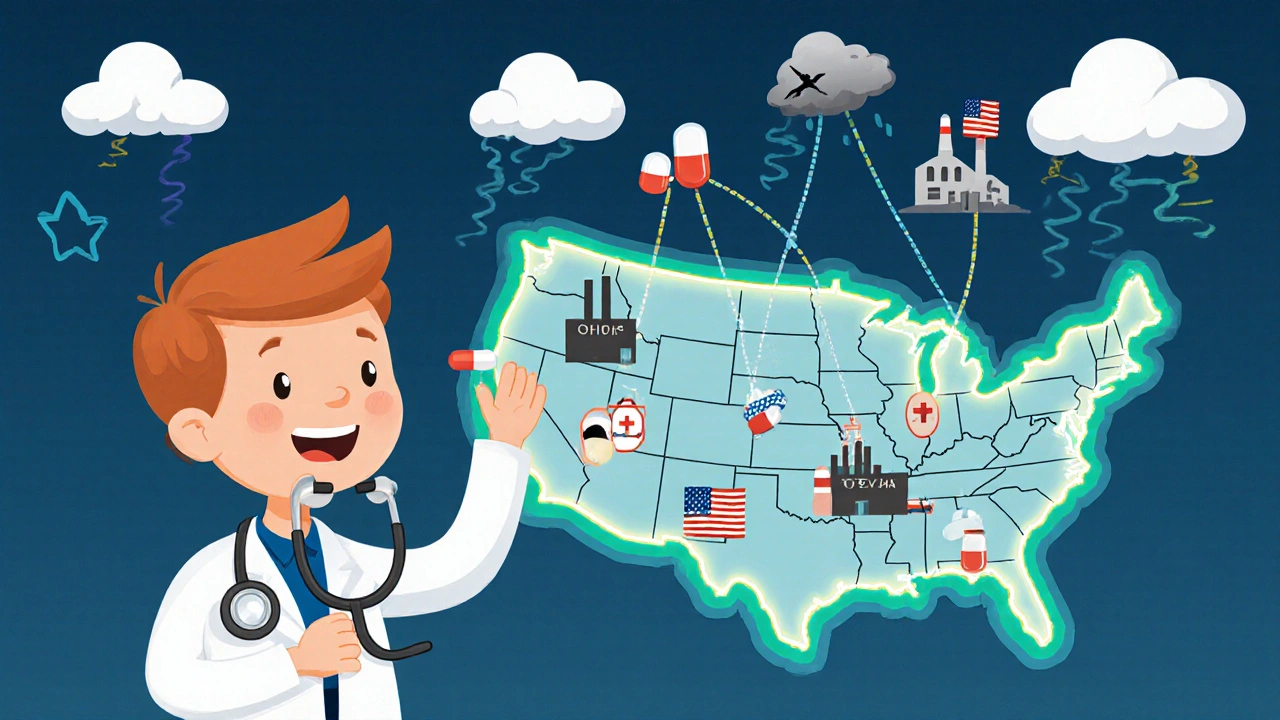Generic Drug Manufacturing: How Safe, Affordable Medicines Are Made
When you pick up a generic pill, you’re holding a product built to the same standards as the brand-name version—generic drug manufacturing, the process of producing medications that are chemically identical to brand-name drugs but sold at lower prices. Also known as pharmaceutical generics production, it’s not just copying a formula—it’s a tightly controlled science that ensures every tablet, capsule, or injection works exactly as intended. The FDA and global regulators don’t allow shortcuts. Every generic must prove it delivers the same amount of active ingredient into your bloodstream at the same rate as the original. That’s called bioequivalence, the scientific proof that a generic drug performs the same way in the body as its brand-name counterpart. Without this, it doesn’t get approved. And yet, many people still worry: Is it really the same? The answer lies in how it’s made.
Behind every generic drug is a cleanroom, a controlled environment where air, surfaces, and personnel are strictly monitored to prevent contamination during drug production. These aren’t just clean labs—they’re classified by ISO 14644-1 standards, with air filtered down to microns smaller than a human hair. One speck of dust or stray microbe can ruin a batch. That’s why facilities producing generics follow GMP compliance, Good Manufacturing Practices, the set of rules that ensure consistent quality and safety in pharmaceutical production. GMP covers everything: who handles the ingredients, how machines are cleaned, how records are kept, even how employees wash their hands. The same rules apply to brand-name and generic makers. The only difference? Generics don’t spend millions on marketing or patent litigation—they spend it on quality control.
Some think generics are cheaper because they’re lower quality. That’s not true. The cost difference comes from avoiding repeated clinical trials and advertising. The active ingredient? Identical. The fillers? Often the same. The manufacturing process? Just as rigorous. In fact, many brand-name companies make their own generics under different labels—a practice called authorized generics, when the original drugmaker releases its own version at a lower price during the first generic’s exclusivity window. This isn’t a loophole; it’s proof that the system works. When you buy a generic, you’re getting the same medicine, made under the same rules, often by the same team.
What you won’t find in a generic is the brand name on the bottle. But you will find the same effectiveness, the same safety profile, and the same regulatory oversight. Whether it’s a blood pressure pill, an antibiotic, or a seizure medication, the science behind how it’s made doesn’t change. The real question isn’t whether generics work—it’s why so many still doubt them. The truth is, millions of people rely on generics every day, and they work. And if you’re curious about how they’re made, who makes them, or how to tell if yours is legitimate, you’ll find real answers in the posts below.
FDA Generic Approval Changes 2023-2025: What Manufacturers and Patients Need to Know
The FDA's 2023-2025 changes to generic drug approval prioritize U.S.-made medications to prevent shortages. Learn how the new pilot program works, who benefits, and what it means for drug prices and availability.
View More
